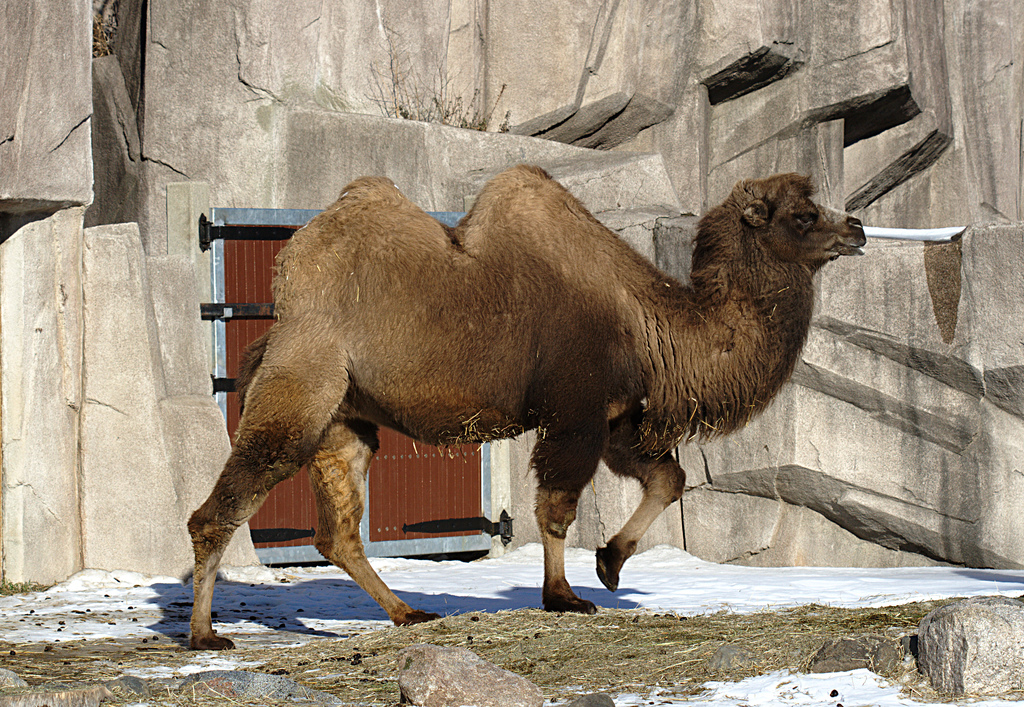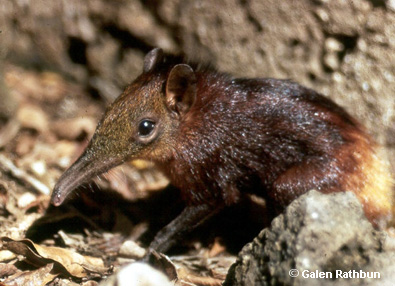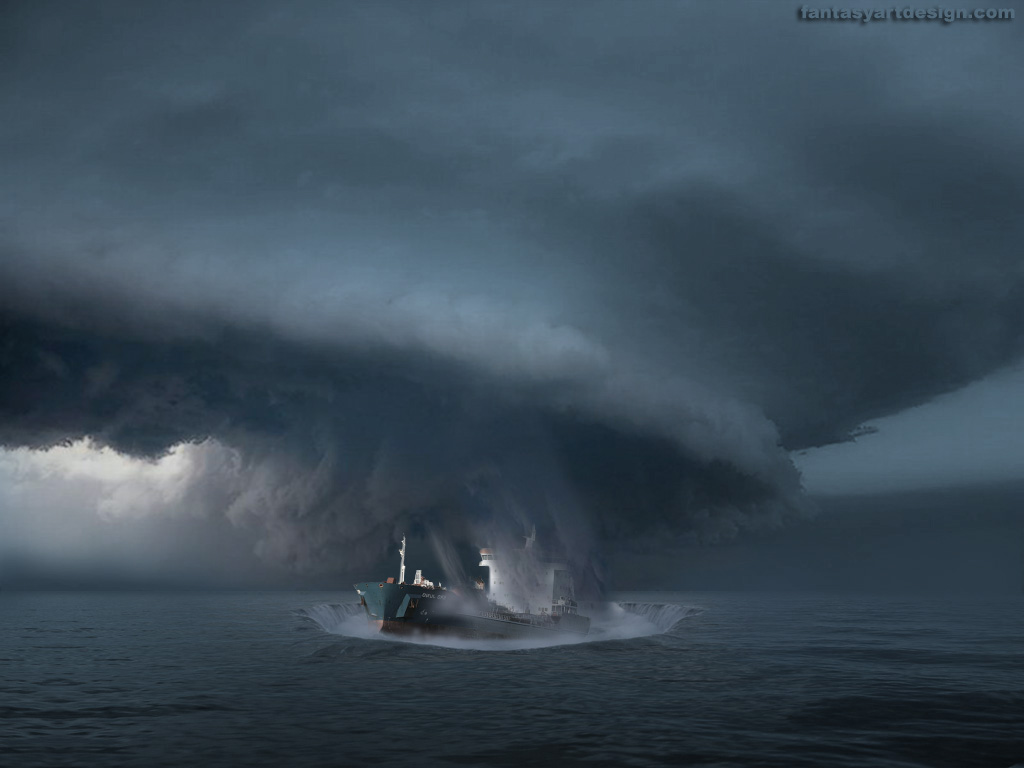Do you think the world will culminate soon? Well, this is the prediction that the Mayan calendar tells about the future. So what is the 2012 Mayan Calendar all about? It is actually made up of two different calendars namely Tzolk'in and Haab. You will find 260 days in the Tzolk'in calendar and 365 days in the Haab calendar. Both these calendars combined together will make a big cycle of fifty two years, called as a Calendar Round.
What is the effect of Mayan Calendar on you?
When you study about the 2012 Mayan Calendar, you will get to know about numerous predictions about the future. Information available in the calendar are always accurate, be it time for sunrises or sunsets. Mayans are extremely skilled in creating a lot of calendars. If you make a detailed study about the Mayan Calendars, you will find a prediction saying that the world will culminate on December 21, 2012. But this prediction is becoming a matter of question for many people. So in this post I will be trying to tell about Maya Culture and Maya Calender and will also discuss illusion regarding Maya Calender.
Maya Culture
The Mayan culture has undergone substantial changes throughout its existence. It is part of the wider context of Mesoamerican civilization that stretched from Central America into the present-day southern United States. This civilization was based on the cultivation of maize and shared the sacred 260-day calendar. It is estimated that the Maya started to cultivate maize about 5000 years ago, around the time set for the beginning of their Long Count. It is however only about the time of Christ that we can talk about the emergence of a high culture among the Maya.
The Mayan Calender
The Mayan calendar is associated with nine creation cycles, which represent nine levels of consciousness or Underworlds as symbolized by the Mayan pyramids. This pyramidal structure of consciousness development can explain things as disparate as the common origin of world religions and the modern complaint that time seems to be moving faster.
Time, in fact, is speeding up as we transition from the materialist Planetary Underworld that still governs us to a new and higher frequency of consciousness, the Galactic Underworld, in preparation for the final Universal level of conscious Enlightenment.
The Mayan calendar is thus a spiritual device that enables a greater understanding of the evolution of consciousness driving human history and the concrete steps we can take to align ourselves with this cosmic evolution toward Enlightenment.
The Mayan Use of the Calendar
In addition to its role as a contact to the ancestors, the Maya used the calendar for celebrating significant energy shifts. At these times the shaman kings would make prophecies about the time ahead in the new energy. A base of knowledge had been created as to how the energies would shift according to the calendar, and, in combination with the shamanic connection to the World Tree, prophecies of relevance to the present moment and the immediate time ahead were developed.
The aspect of the Mayan calendar system that has survived to the present time is the uninterrupted use of the Sacred Calendar of 260 days. Mayan day-keepers daily pray to the Creator and perform ceremonies that honor the day signs. Among the living Maya the 260-day calendar has various roles:
- To keep track of the energies of the day,
- To calculate birth energies of different individuals,
- To determine the celebration of holidays,
- To base healing practices on,
- For prophecy, and
- For divination of individual destinies.
The Mayan Calendar End date
Many people hear about the so-called end date of the Mayan calendar, and today some people have even created the illusion that the Mayan calendar was designed only to point out this end date. In reality, there is nothing to indicate that the ancient Maya who developed the Long Count calendar had any interest in what would happen as this calendar came to an end. Instead what the ancient Mayan scriptures talk about is its beginning. The exact date for this beginning was apparently based on the day of the year, August 11, when the sun was in zenith in Izapa, where most likely this calendar first came into use. Ancient Mayan inscriptions also talk about this time as the time when the First Father erected the World Tree so that the light could enter, a significant event in creation. The various dynasties in the different Mayan city-states would then try to track a relationship to this seminal event by First Father and legitimize their power based on this.
The fact that the Mayan Long Count was based on the day the sun was in zenith in Izapa, has however created a very significant misunderstanding among modern people, and this is that it would end on December 21, 2012. The particular date the sun is in zenith in this location obviously has no relevance in the rest of the world, but because of the power of tradition some will still adhere to it. In reality, the creation cycle that began as the First Father erected the World Tree will end on October 28, 2011. This day is also 13 Ahau in the sacred Mayan calendar, an energy with great prophetical relevance.




.jpg)























